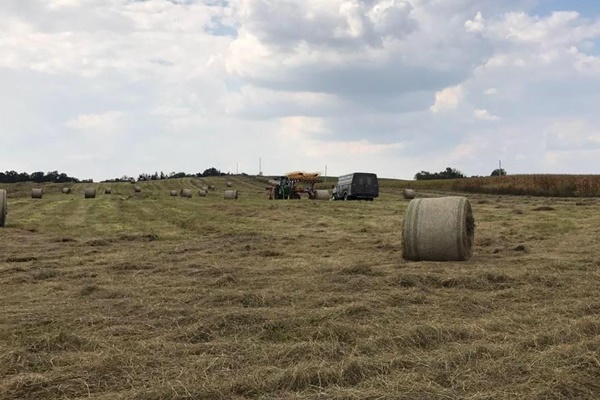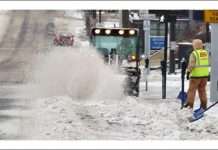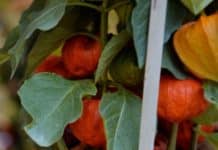
EVANSVILLE, Ind., July 30 (UPI) — Historically heavy rains across the Midwest this year have hindered hay production, leading to a troublesome shortage in many farming communities.
Hay stocks across the Midwest this spring were down 24 percent from last year, said Lance Zimmerman, a research and data manager at Cattle Fax, which monitors and informs the cattle industry. And last year’s stocks were below the norm, he said.
“It does put producers, especially dairy producers, in a tough spot,” Zimmerman said. “They are the ones in most need of hay. Typically, beef cattle are put out to pasture this time of year. But dairy cows need to be fed.”
As stocks dwindle, the price for hay is shooting up. The average price for alfalfa hay topped $200 per ton in July, the highest in five years, according to the U.S. Department of Agriculture.
Livestock producers, dairy farmers and horse farms are having searching wide geographical areas to find available hay.
“I normally sell to horse farms,” said Karl Gearhart, the owner of Gearhart Farms, which grows and sells hay in central Ohio. “In the last four months, I’ve sold more to dairies and beef cattle than I have in the last 17 years I’ve been in business.”
Like other hay producers, Gearhart’s supplies are running low, he said. Heavy rains this spring prevented many farmers from planting hay fields, and those that were planted either didn’t grow well, or were too wet to harvest.
“We’ve just had too much rain,” Gearhart said. “Alfalfa doesn’t like the wet.”
This is the second consecutive year that hay production has been down in Ohio, Gearhart said. And because this year’s slump is so widespread across the Midwestern region, it is becoming increasingly difficult to find hay even from out of state.
If the slump continues, Gearhart worries farmers in his area won’t be able to go on. Two nearby dairy farms closed this spring, he said. (Dairy farms have been closing at record rates over the last year, after four years of depressed milk prices resulted in most dairy farms losing money for the last four years.)
“I’m in a poor area,” he said. “If prices remain stupidly high, we won’t have a market. People will sell their animals.”
Some farms are seeking out alternative foods to feed their animals.
Cows are herbivores that survive on large amounts of grass and other green plants when put to pasture. Farmers mimic this diet by feeding them hay (dried cut grass or alfalfa), sillage (leafy plants, like corn stalks, that are preserved in a wet condition) and grain.
Any substitutions must be high-fiber foods, like cottonseed, Bill Weiss, a dairy nutritionist with Ohio State University, told the Ohio Farm publication.
Farmers often feed cows corn silage later in the summer, but the same weather that hampered hay production also prevented many acres of corn from being planted this spring.
Farmers in Ohio are scrambling to plant the kinds of warm seasonal grasses that can be harvested this fall, Weiss said.
“These feed options are not as nutritious as conventional ones,” Weiss told the farming publication. “But we can make them work.”
Some industry experts predict that the hay stocks may replenish by fall, regardless, Zimmerman said. Many hay fields that farmers were unable to harvest this spring have continued to grow. And, if the weather dries, they will be harvested over the summer.
“The acres looked really weak in the spring,” said John Benschoter, a hay and straw producer in northern Ohio. “But it was wet, and they just kept growing and growing. So, now, those acres look good for hay.”






